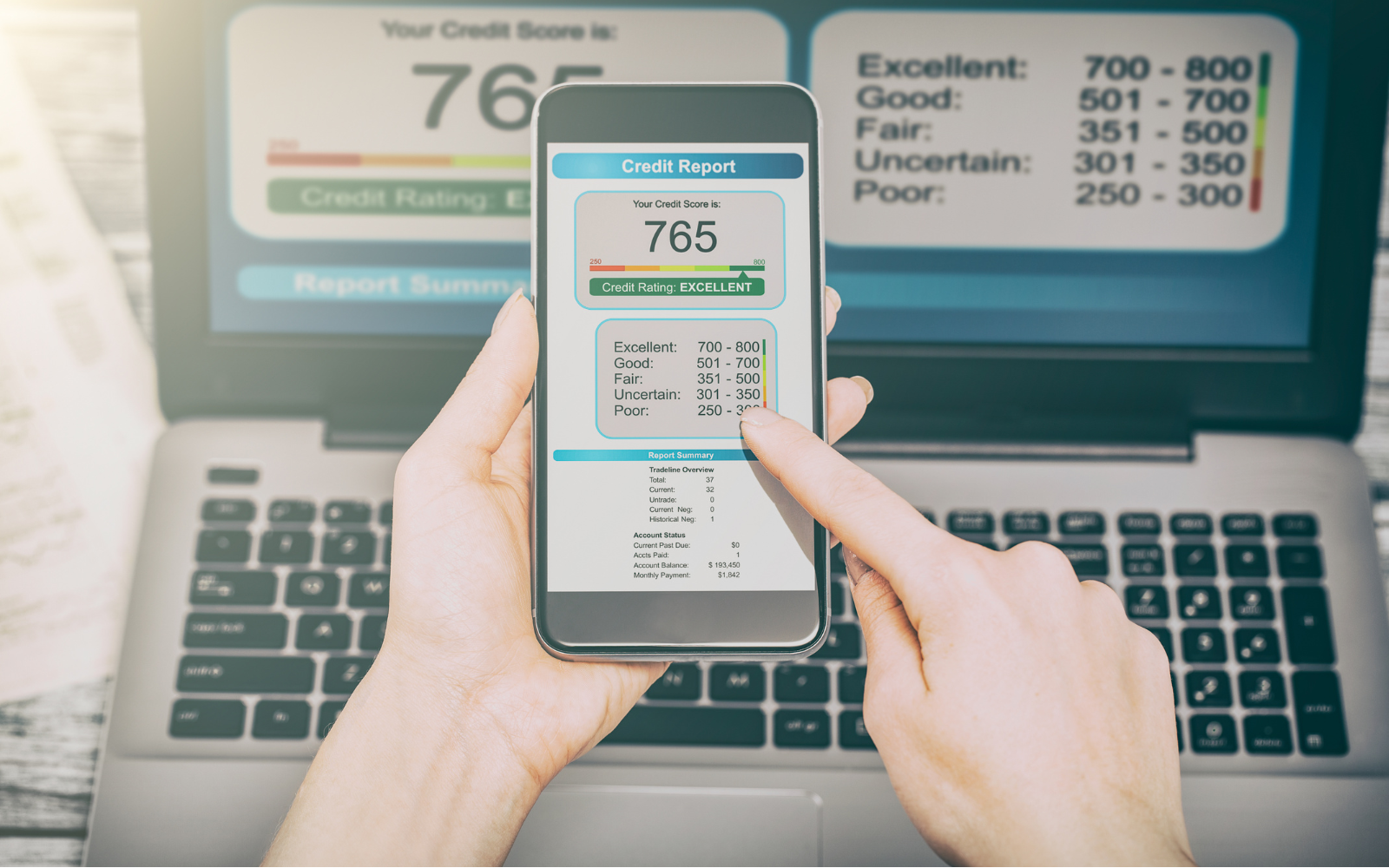What do asset based lenders mean by ‘borrowing base’?

Finance is all about numbers, and one of the first numbers an asset-based lender such as Hermes Capital wants to calculate is a potential borrowers ‘borrowing base’.
Investopedia defines borrowing base as ‘”the amount of money that a lender is willing to loan a company, based on the value of the collateral the company pledges”. It’s as simple as that. The key elements of the equations are asset values making up the collateral and the ‘scaling’ factor that the lender will apply against each class of asset.
The ‘scaling factor‘ – sometimes referred to as the ‘discount factor‘ is the maximum percentage the lender will advance – much the same as an LVR in the realm of property finance.
This approach gives lenders an idea of how much they can safely lend to a borrower without risking a loss if the borrower defaults – an important consideration, especially in special situations.
The assets used as collateral to calculate the borrowing base can differ based on the loan type and lender’s preference. For instance, in asset-based lending, such as that offered by Hermes Capital, accounts receivable are always included in the collateral. Additionally, unencumbered vehicles and equipment, as well as real property on a second mortgage basis, may also be considered.
What determines the “borrowing base” value of each class of asset?
Accounts receivable are appraised by the spread of debtors, the credit quality of debtors, and the nature of the legal obligation on the debtors to pay.
Plant and equipment are valued on an auction basis and considered suitable where they can be readily identified, is accessible, free of encumbrances, and where there is a ready secondary market for the equipment. Factors that affect valuation include age, condition, make and model and location.
Real property is usually valued on an “as is where is” and “vacant possession” basis. An asset based lender is likely to have fewer restrictions on the type of property considered given that it is considered in the context of a basket of securities including those above.
How much is typically advanced in each of the major classes of assets?
Hermes will consider a scaling factor of up to 80% for each class of asset, less any prior encumbrances on the property. The scaling factor reduces according to the factors listed above for each asset class.
For example, a business is in need of working capital of $500,000 and needs another $500,000 to pay a tax debt and settle on some new equipment. $1,000,000 all up.
It has $500,000 in receivables where most of the debtors credit worthiness is readily determined and the ledger is well spread. It has another $500,000 in vehicles trucks and manufacturing equipment – all serial numbered, accessible and with secondary markets. It has premises valued at $1,000,000 and a prior encumbrance to the bank of $500,000.
The borrowing base is the sum of the assets x 80% less the prior encumbrance to the bank. So $2,000,000 x 80% – $500,000 = $1,100,000. Enough to meet the client’s requirement for a $1,000,000 facility.
Will you lend against goodwill?
Goodwill can be considered as an asset for accounting purposes, but how is it determined? Goodwill is the difference between the ‘enterprise value’ of a business and the value of its tangible assets. Enterprise value is usually some multiple of the business’s earnings and only applicable where the business has a track record – normally at least 3 – 5 years – of steady profits. As such, the enterprise value of a business is usually indeterminable in a business in any kind of a transitional situation, ruling out the inclusion of goodwill in calculating borrowing base.
Understanding how asset based lenders determine borrowing base gives business owners and their advisors an understanding of determining the range of capital raising possibilities, from what is realistically achievable to what capital might be unlocked from a re-assessment of the balance sheet by an experienced lender.
